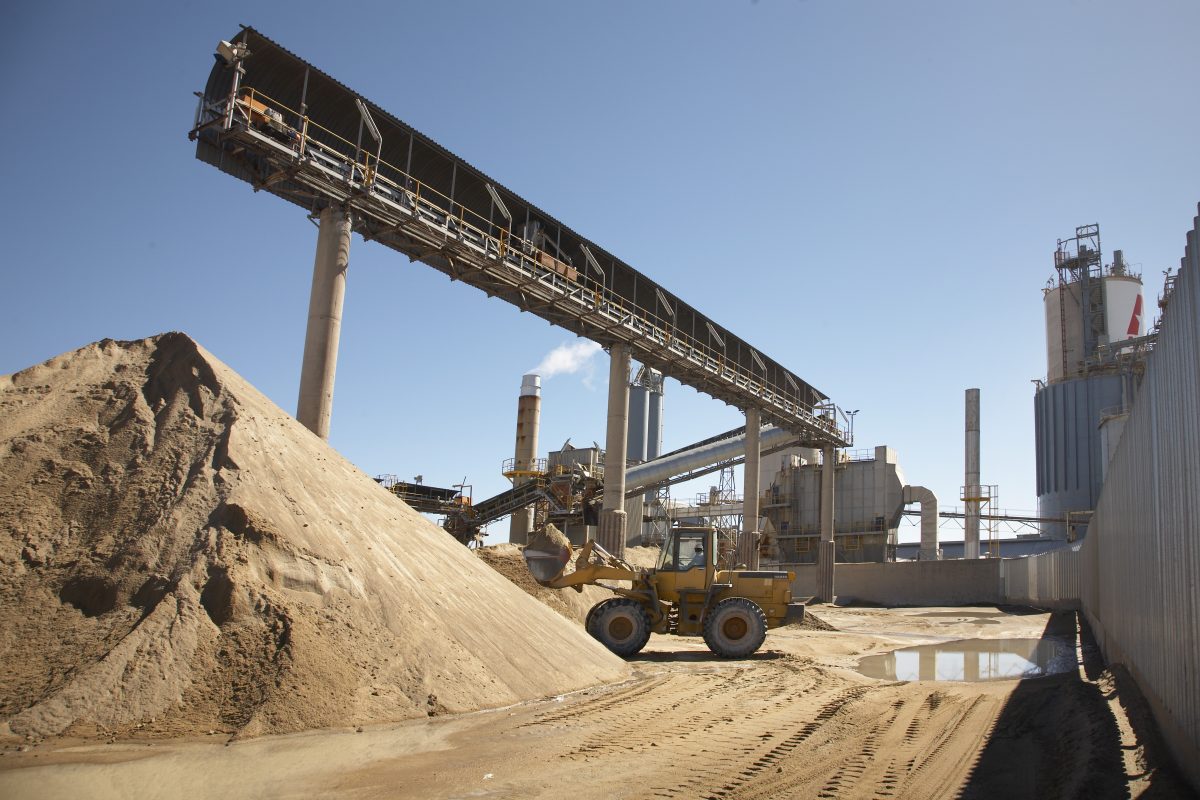
Word
As a leading producer of high-quality cementitious material, AfriSam is ideally positioned to support customers seeking to reduce their carbon footprint while insisting on superior building materials.
For over half a century, AfriSam has produced its trade-named ‘slagment’ from ground granulated blast furnace slag (GGBFS). AfriSam cementitious executive, Hannes Meyer, says: “We have used this latent hydraulic binder in an extensive range of concrete applications, including major structures such as dams, bridges and roads. Indeed, it is only very specific and limited applications that today demand our cement without added slag.”
He highlights the self-cementing properties of slag, which can double the lifespan of buildings. Among its key benefits, however, is to prevent sulphate attack and alkali-silica reaction in concrete, especially in applications like wastewater treatment plants, or where there is seawater or sulphate-rich soil.
“However, there is now an added consideration for businesses, as companies anticipate the impact of the new carbon tax,” he says. “Slagment assumes a significance here too, as it reduces the amount of clinker in concrete, and cutting the energy consumed and carbon emitted in its manufacture. The use of slagment therefore presents not just a technical solution but an opportunity to achieve higher environmental standards.”
AfriSam’s dedicated slagment plant in Vanderbijlpark has the capacity to produce over 800 000 tons of slagment a year, along with over 200 000 tons of blended cementitious products. Slag is a by-product of the steel and iron industry, and the plant mills this to a fine consistency before blending.
“As part of AfriSam’s sustainability journey, we have implemented various strategies in response to the energy-intensity of the cement manufacturing process,” says Meyer. “Slagment remains a vital part of this journey, and we continue to develop innovative ways of extending its benefits to customers.”
Another important capability of slagment is to reduce the thermal heat gradient generated when pouring concrete. This reduces the likelihood of micro-cracking, which may weaken the structure’s strength. Slagment can also alter the colour of concrete to near-white by replacing 50 to 70% of the cement, giving the concrete a better appearance. In addition, it produces a smoother, more defect-free surface.
More information from Maxine Nel, Tel: +27(0) 011 670 5893 / email: [email protected] / www.afrisam.com

